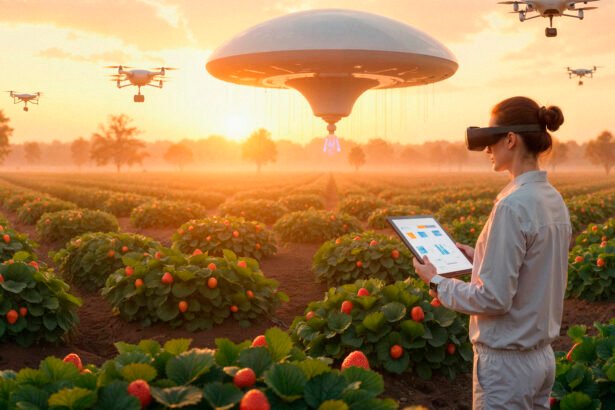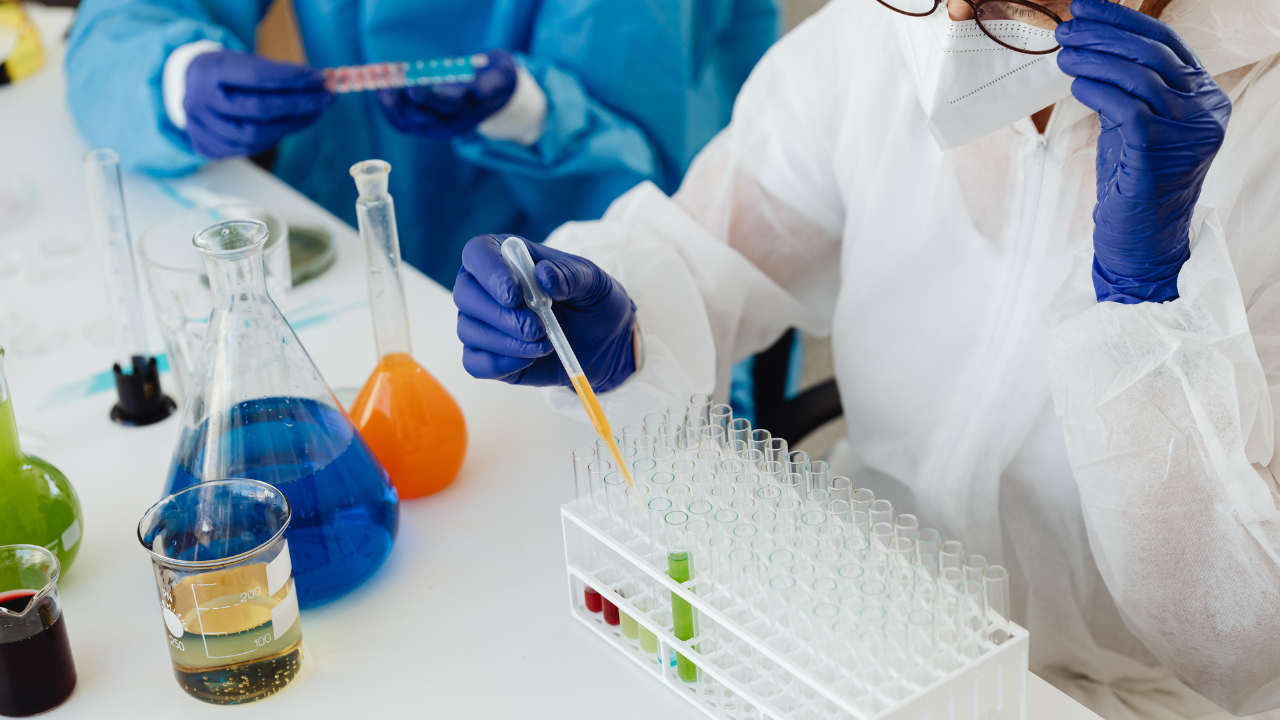When you think of chemistry, what comes to mind? Test tubes, bubbling beakers, maybe even hazardous waste? While traditional chemistry has contributed to countless innovations, it also carries environmental risks. Enter green chemistry—a revolutionary approach that prioritizes sustainability, safety, and environmental protection.
At the heart of this movement are the 12 principles of green chemistry. These guidelines offer a roadmap for scientists, engineers, and industries to design chemical products and processes that reduce or eliminate hazardous substances.
Let’s dive into these principles and explore how they're shaping the future of sustainable chemistry.
What is Green Chemistry?
Green chemistry (also known as sustainable chemistry) is the design of chemical products and processes that minimize the use and generation of hazardous substances. Unlike environmental chemistry, which focuses on the effects of pollutants, green chemistry is proactive—it aims to prevent pollution at the source.
Key Goals of Green Chemistry:
- Reduce waste
- Save energy
- Use renewable resources
- Design safer chemicals
This approach benefits both the environment and human health while often saving money and improving efficiency.
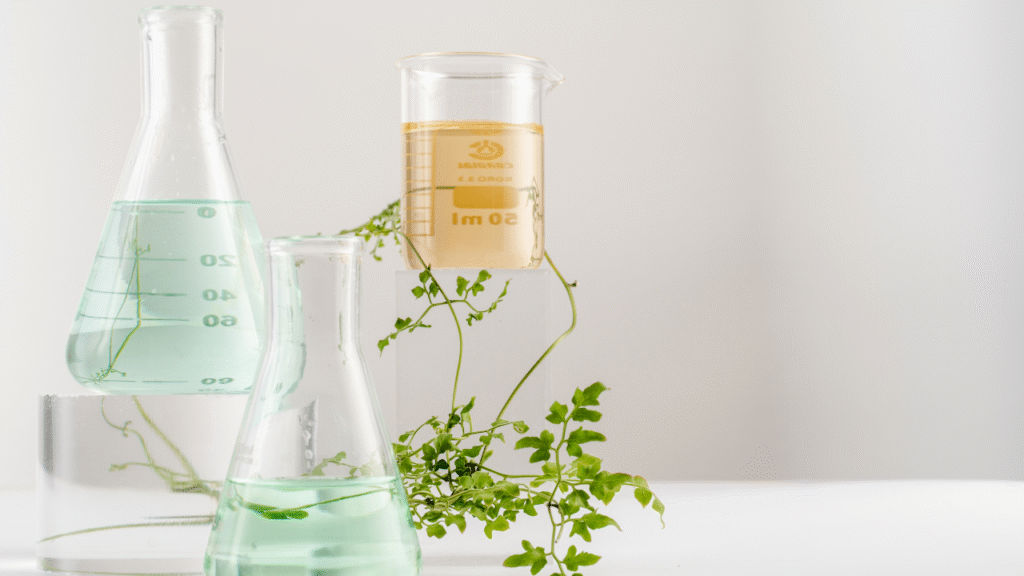
The 12 Principles of Green Chemistry
Originally introduced by Paul Anastas and John Warner, these 12 principles are the foundation of all green chemistry efforts.
1. Prevention
It’s better to prevent waste than to treat or clean it up afterward. Encourages designing processes that don't produce hazardous by-products.
2. Atom Economy
Design chemical processes so that the final product contains the maximum proportion of starting materials. For example, higher atom economy means less waste.
3. Less Hazardous Chemical Syntheses
Whenever possible, use and generate substances with minimal or no toxicity to humans or the environment—for example, those that are safer for workers and ecosystems.
4. Designing Safer Chemicals
Create products that do their job without being toxic. For example, designing non-toxic solvents or fire retardants.
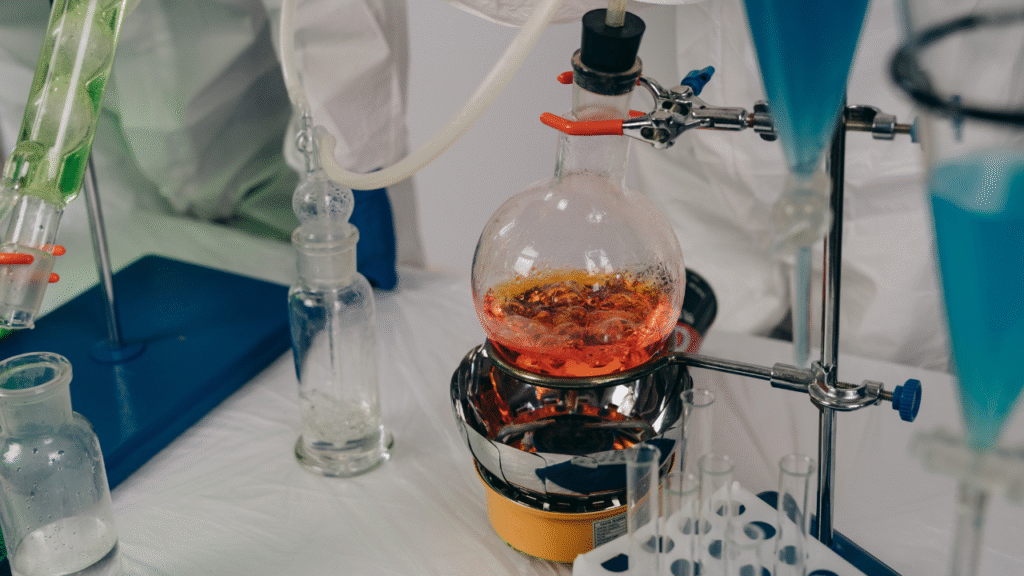
5. Safer Solvents and Auxiliaries
Avoid or minimize the use of auxiliary substances, like solvents or separation agents. If they must be used, they should be harmless and recyclable.
6. Design for Energy Efficiency
Chemical processes should minimize energy use.
- Prefer reactions at room temperature and pressure.
- Reduces carbon footprint.
7. Use of Renewable Feedstocks
Use raw materials that are renewable rather than depletable. For examples, plant-based feedstocks instead of petroleum.
8. Reduce Derivatives
Avoid unnecessary modifications like temporary blocking groups. These steps consume reagents and generate waste.
9. Catalysis
Use catalysts instead of stoichiometric reagents to speed up reactions efficiently. Catalysts are reusable and reduce waste.
10. Design for Degradation
Design chemical products that break down into harmless substances after use. Supports a circular and eco-friendly lifecycle.
11. Real-time Analysis for Pollution Prevention
Monitor and control chemical processes as they happen to prevent pollution. Enhances safety and reduces risk.
12. Inherently Safer Chemistry for Accident Prevention
Choose substances and processes that minimize the risk of accidents like explosions, fires, or releases. Especially important in industrial settings.
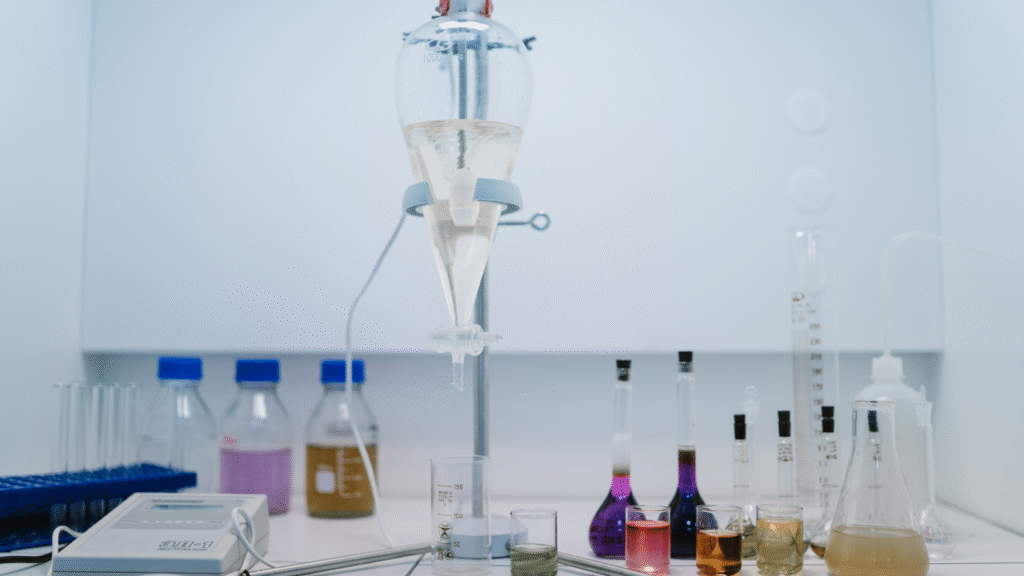
Why These Principles Matter in 2025
In 2025, environmental concerns are more urgent than ever. From climate change to plastic pollution, traditional chemical manufacturing must evolve.
By applying the green chemistry principles, scientists can:
- Develop eco-friendly chemical processes
- Create renewable energy solutions
- Manufacture biodegradable plastics
- Reduce dependence on toxic and non-renewable materials
Green chemistry is a cornerstone of the broader movement toward green technology and chemistry, where innovation meets sustainability.
Real-World Applications of Green Chemistry
These principles aren’t just theoretical—they’re already making an impact across industries:
1. Pharmaceuticals
- Cleaner synthesis of active ingredients
- Safer drug manufacturing with less waste
2. Agriculture
- Development of biodegradable pesticides
- Reduced environmental runoff
3. Plastics and Materials
- Plant-based packaging materials
- Compostable bioplastics
4. Energy
- Efficient solar cells and batteries using safer materials
Green chemistry proves that science can be both innovative and responsible.
Green Chemistry in Education and Research
Universities and research institutions are incorporating green chemistry into their curricula to prepare the next generation of scientists.
Popular Trends:
- Green chemistry labs using safer chemicals
- Student-led sustainability projects
- Courses focused on renewable feedstocks and green chemical reactions
This educational shift is key to creating long-term change in how chemistry is practiced globally.
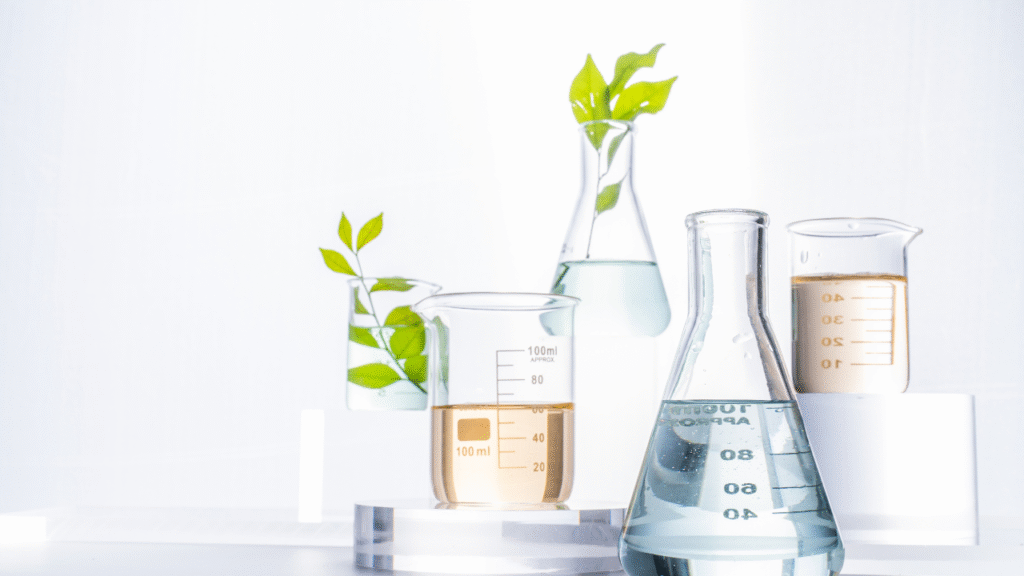
Challenges and Opportunities
Despite its benefits, implementing green chemistry can face hurdles:
Challenges:
- High initial R&D costs
- Resistance to change in traditional industries
- Limited availability of renewable materials
Opportunities:
- Growing demand for sustainable products
- Eco-labeling and green certifications
- Government incentives for green innovation
With proper support, the adoption of green chemistry can accelerate across all sectors.
Final Thoughts
The 12 principles of green chemistry are more than just guidelines—they're a framework for transforming science into a force for good. They promote a future where chemistry aligns with the planet's needs and helps solve global challenges instead of adding to them.
Whether you're a scientist, student, or conscious consumer, understanding these principles empowers you to support a cleaner, safer, and more sustainable world.
Green chemistry is not the chemistry of the future. It is the chemistry of now.
What are your thoughts on green chemistry? Have you encountered products or technologies built around these principles? Let us know in the comments!


